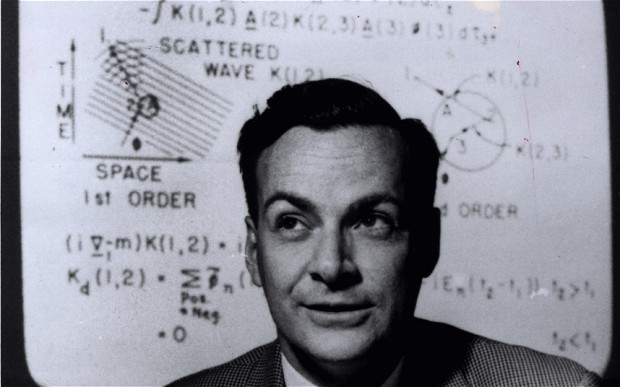 ‘My ambition is to live to see all of physics reduced to a formula so elegant and simple that it will fit easily on the front of a T-shirt,” said the US Nobel laureate Leon Lederman. Yet it might not be an equation that one day adorns that cosmic T-shirt, but a beautiful, jewel-like geometric object – one that represents the most fundamental laws of the universe as a glittering crystal.
‘My ambition is to live to see all of physics reduced to a formula so elegant and simple that it will fit easily on the front of a T-shirt,” said the US Nobel laureate Leon Lederman. Yet it might not be an equation that one day adorns that cosmic T-shirt, but a beautiful, jewel-like geometric object – one that represents the most fundamental laws of the universe as a glittering crystal.
This exotic creation has been unveiled by Prof Nima Arkani-Hamed of the Institute for Advanced Study in Princeton, a 41-year-old who is, according to one of his peers, “so far ahead of everyone else in his generation that it’s a little embarrassing”.
The behaviour of the world around us ultimately comes down to the way that particles interact. Those interactions, in turn, are governed by deep mathematical laws. But visualising them is difficult without recourse to labyrinthine equations.
The traditional way to predict how particles interact, unveiled in 1948 by the US physicist Richard Feynman, provided a simple and intuitive picture – now called a Feynman diagram – that did away with the need for arcane formulae. But mapping out even a simple particle collision requires hundreds of diagrams, and these interactions cannot be modelled mathematically.
Jacob Bourjaily of Harvard University points out that Feynman diagrams rest on two apparently sensible assumptions which both break down in extreme conditions. First, locality – the idea that particles can only interact at specific points in space and time. Second, unitarity – the idea that if you sum up the quantum probabilities of the possible ways two particles can interact, it should add up to 100 per cent. “Both concepts are ultimately spoiled in a theory which includes gravity,” he explains.
Prof Arkani-Hamed and his co-author, Jaroslav Trnka, have now shifted locality and unitarity from their central role by creating a mathematical object, in essence a three-dimensional representation of the mathematics of particle interactions, called an “amplituhedron”. The nature of particles’ interactions can be worked out from its volume, ending the need for formulae involving hundreds of pages of algebra.
What is particularly exciting is that the fresh perspective offered by such mathematical reformulations of physics problems can sometimes advance our understanding. This happened when Newton came up with his equation “force equals mass times acceleration” to explain the way cannonballs move. A century later, it was reworked, counterintuitively, by Leonhard Euler and Joseph-Louis Lagrange. In their alternative “principle of least action”, particles do not follow trajectories because they are pushed by external forces, but “investigate” all possible trajectories between A and B, and then minimise the effort required to get there. In the early 20th century, this formulation was adopted in place of Newton’s approach when it was realised that quantum theory portrayed the trajectory of a particle in a similar way.
So Prof Arkani-Hamed’s insight may prepare the way for a new understanding of physics. In particular, a relative of this exotic geometrical object could lead to the long-sought quantum theory of gravity which merges our most successful theories: general relativity, which governs the universe at the grandest scale, and quantum mechanics, which rules the subatomic realm. Prof Arkani-Hamed suggests that we might even have to abandon space and time as fundamental constituents of nature, and instead seek answers to the biggest questions of all in the many sparkling facets of a mathematical jewel.
Roger Highfield is director of external affairs at the Science Museum






3 Comments on “Physics won’t be the same again”
I’m in awe of what is ou there and how we know so very little. Yet we haven’t been wiped out yet so there is hope.
What does that even mean? Hope for what? What even are you talking about? The fact that we haven’t yet been destroyed fills you with hope? You’re empowered by the apparent luck that another celestial body hasn’t destroyed us yet?
Why not feel empowered or lucky that we haven’t been obliterated, considering the likelyhood. There is hope that we might be able to survive long enough to discover a unified theory. Don’t you realize that the universe is pretty inhospitable, and our existence defies what logic would suggest?